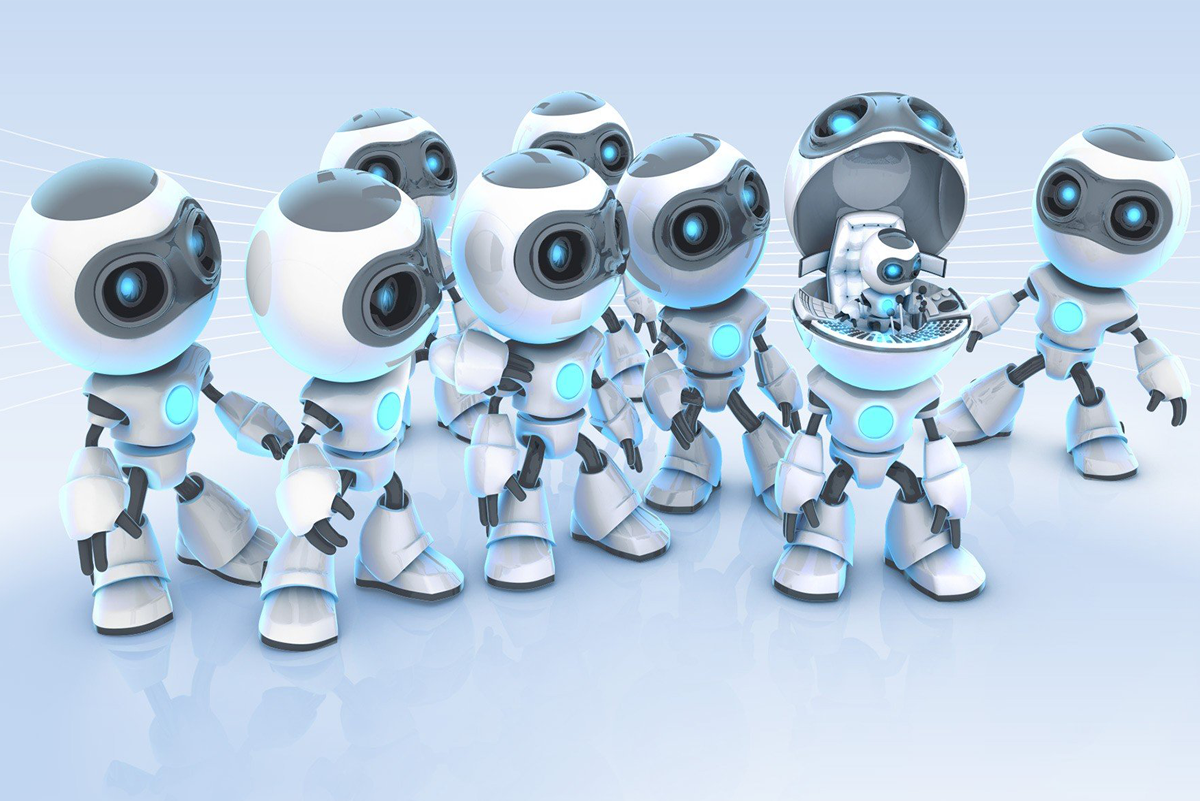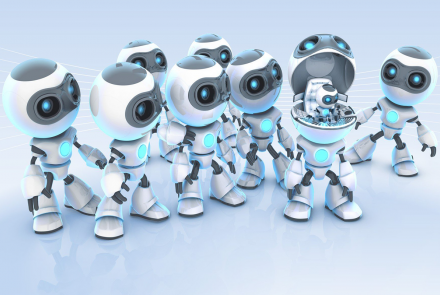What do you need to know about RPA?
RPA stands for Robotic Process Automation. This technology started from simple screen scraping in 1990s and has developed capable of mimicking human actions such as operate keyboard and mouse, operate emails and collect web data.
For many IT developers, using backend codes to automate tasks has been very common. However, RPA technology brings automation into a new level. Equipped with more advanced capabilities such as reading web codes and recognizing graphics, RPA solution can automatically operate desktop applications and web applications more like a human. This is why people call RPA software as Bot.
Where to use RPA: Automate the Repetitive
RPA is coded to do repetitive tasks with little or no human interaction. Businesses or organizations with heavy administrative and rule-based tasks will benefit the most from RPA solutions. These tasks are routine, tedious and time consuming, a well-designed RPA solution can automate these steps and work as human staff, then save meaningful time and help employees better focus on core business.
RPA can come in different forms and are flexible to meet various requirements. It can be highly customized for very specific process, and therefore easily scaled throughout the organization. Or it can automate parts of a process if not the whole. The RPA Bot can work independently after employees set working schedules, or it can work with human like a digital colleague.
RPA Benefits
RPA solution delivers Bots as digital workers, they can work at machine speed with machine accuracy, eliminate human errors, and work long hours without stop. By implementing a RPA solution, organizations can enjoy instant benefits:
1) Reduced costs: By automating tasks, cost savings of nearly 50% can be achieved over the output of productivity. Software robots also cost less than a full time employee
2) Improved internal processes: In order to leverage RPA, companies are forced to define clear governance procedures. This in turn, allows for faster internal reporting, on-boarding and other internal activities
3) Lower operational risk: By eliminating human errors such as tiredness or lack of knowledge, RPA reduces the rate of errors thereby providing a lower level of operational risk
4) Does not replace existing IT systems: One of the biggest advantages of using a virtual workforce is that it does not require end user to replace the existing systems. Instead, RPA can leverage the existing systems, the same way a human employee can





